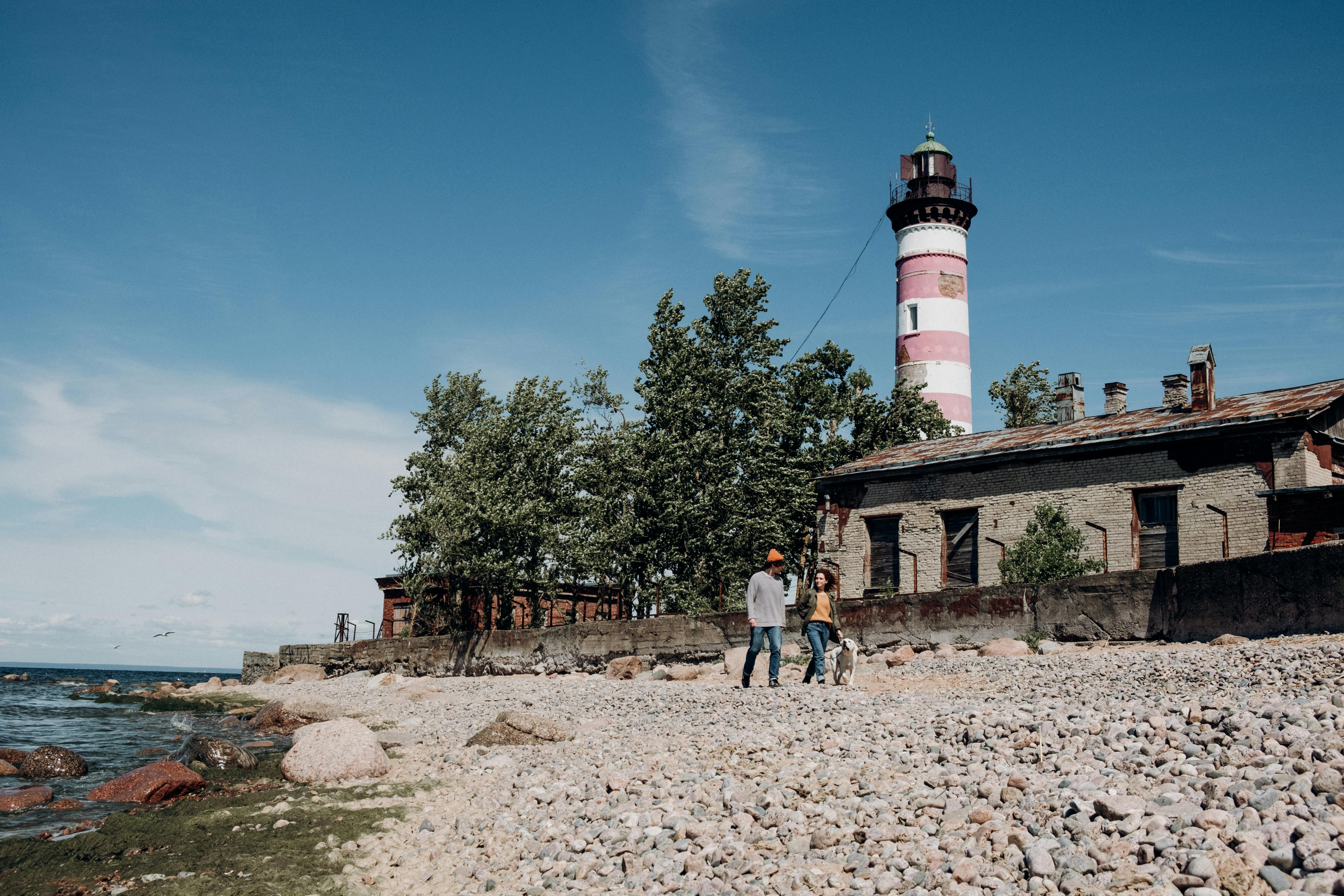
Power Plant Lakes in Texas
Winter in the Lake Texoma area typically drops our lake water temperature into the forties and also places fish in deep water structures. While some days may stand out with a good number and size of small mouth, big mouth or stripper, many are slow going. For those anglers looking to remedy the slower action during the winter months, there are a few options not too far away.
If you’re an avid fisherman or woman and haven’t experienced one of the warm water power plant lakes, you’re missing out on some extraordinary winter bass fishing. Located a couple of hours east of the Lake Texoma area along Interstate 30, Welsh and Monticello Lakes offer a unique change from typical winter fishing patterns. As most of the lakes are slowing down during the months of December and January, Largemouth Bass in Welsh and Monticello are in the best pre-spawning and spawning modes.
Both of these East Texas lakes are between one and two thousand acres in size and are used to cool the coal-burning power plants located on their shores. Due to the small size and continual influx of warm water, these lakes stay in the 60 to 80 degree range throughout the winter. Welch and Monticello Lakes are great for fish numbers, but are also famous for large bass, each holding the Texas state record.
Lake Welsh, built in 1976, is a 1,200-acre reservoir located just south of Mt. Pleasant, TX. Anglers will find a multitude of fishing options as the lake has plenty of flooded timber, hydrilla and yarrow watergrasses. Some of the best winter fishing is targeting both pre-spawning and spawning bass by throwing soft, lightweight plastics in and around the edges of flooded grass. The lake’s record-breaking largemouth bass, caught in December 1983, is a heavy fish at 15.23 pounds. Welsh is a minimum 18-inch lake for all bass species and is accessible by a public boat ramp built on its west shore.
Lake Monticello, a 2,000-acre reservoir, was built in 1972 and is located just south of Interstate 30 between the cities of Mt. Vernon and Mt. Pleasant, TX. This lake is responsible for the lunker bass boom that began in the early 1980s. Its record lake bass (14.90 pounds), caught in February 1980, broke the previous Texas state record that stood for 37 years. As word of the fourteen-pound largemouth spread across the state, Lake Monticello became one of the major shallow lakes in the Southwest.
This East Texas lake also has a variety of cover for anglers to fish for, including flooded timber, hydrilla, and lily pads. Some of the best winter bass fishing is on the north end of the lake. Anglers can chase spawning fish with soft plastics and spin baits in and around the stems of dead lily pads found in its two northern creeks. Another area to fish is just outside the hot water discharge. Carolina rigs and crank baits work well on schools of fish that are positioned in the current. Lake Monticello has a 14 to 21 inch clearance limit for largemouth bass which offers a great opportunity to catch multiple four to five pound fish.
The best time to plan a trip to these lakes is during the week, as tournaments are held on most weekends during the winter months. If you’ve never been on a power plant lake, be very careful when boating in the early morning hours, as a thick fog will cover the entire surface. Visibility will be only a few feet until the sun warms the surrounding air.
Typically, the coldest days of winter are the best at these powerhouse lakes. Dress in layers for warmth, but also remember that the surface of the lake will be warmer than the adjacent land. If your hands or fingers get numb from the cold, simply dip them in the water to warm them up.